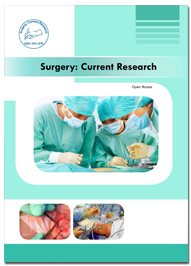索引于
- Genamics 期刊搜索
- 学术钥匙
- 开放获取期刊目录
- 斯科普斯
- 乌尔里希的期刊目录
- 参考搜索
- 哈姆达大学
- 亚利桑那州EBSCO
- OCLC-WorldCat
- 普布隆斯
- 日内瓦医学教育与研究基金会
- 谷歌学术
- Web of Science(新兴来源引文索引)
- 哥白尼索引
- 国际医学期刊编辑委员会 (ICMJE)
分享此页面
期刊传单

抽象的
Guidelines for Oral Surgery and its Phenotyping Procedure
Harry smith
There is an increasing need for high-quality craniofacial standards based on 3D imaging technology given the present extensive use of 3D facial surface imaging in clinical and research settings. Creating an interactive, Webbased collection of 3D facial photos and measurements was the main objective of the 3D Facial Norms (3DFN) project. Users get access to both summary-level statistics and individual-level data, unlike other repositories, including genotypes from each individual in the collection as well as 3D facial landmark coordinates, 3D-derived anthropometric measurements, 3D facial surface photos, and genotypes. There are presently 2454 male and female participants in the 3DFN database, with ages ranging from 3 to 40. Four US locations were used to enrol the participants, who underwent screening for a history of craniofacial abnormalities. This article's objective is to introduce readers to the 3DFN repository by giving a basic overview of the project, outlining the justification for the database's construction, and outlining the procedures utilised to gather the data. There is an online supplement that provides summary statistics (means and standard deviations) by sex and age as well as growth curves for each anthropometric measurement in the 3DFN dataset. Clinicians can use these summary statistics and growth curves to evaluate craniofacial dysmorphology